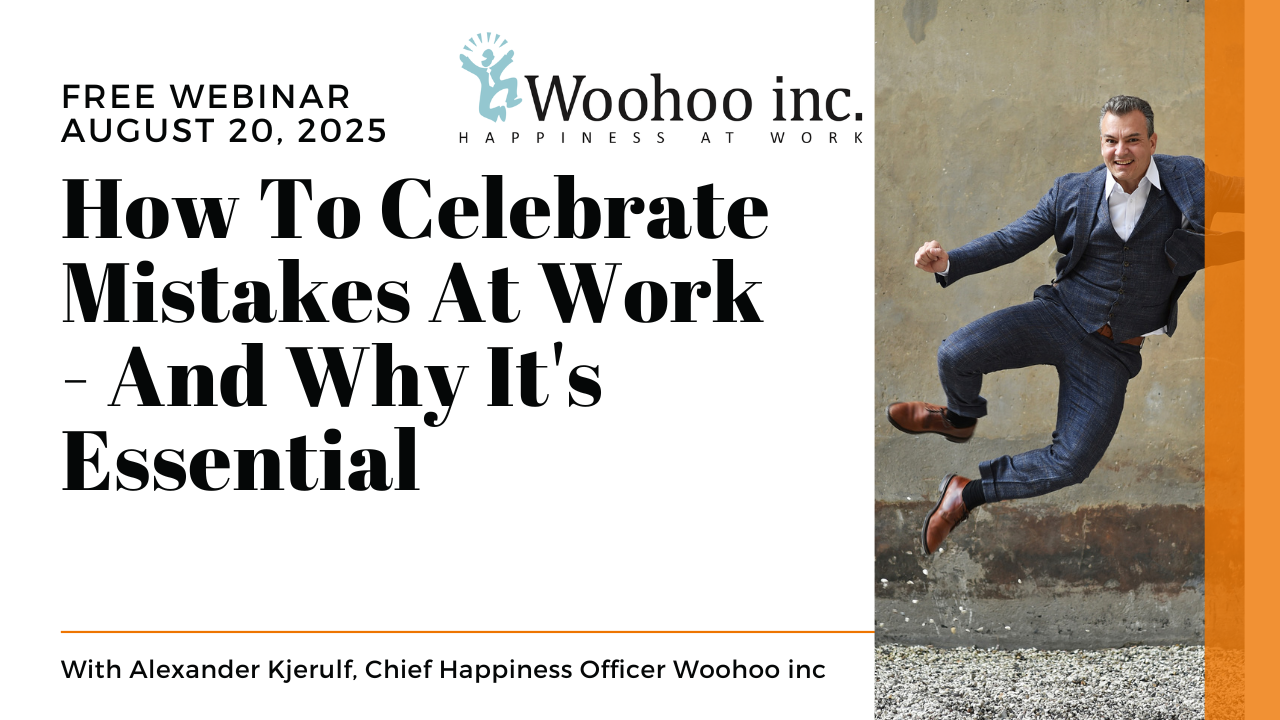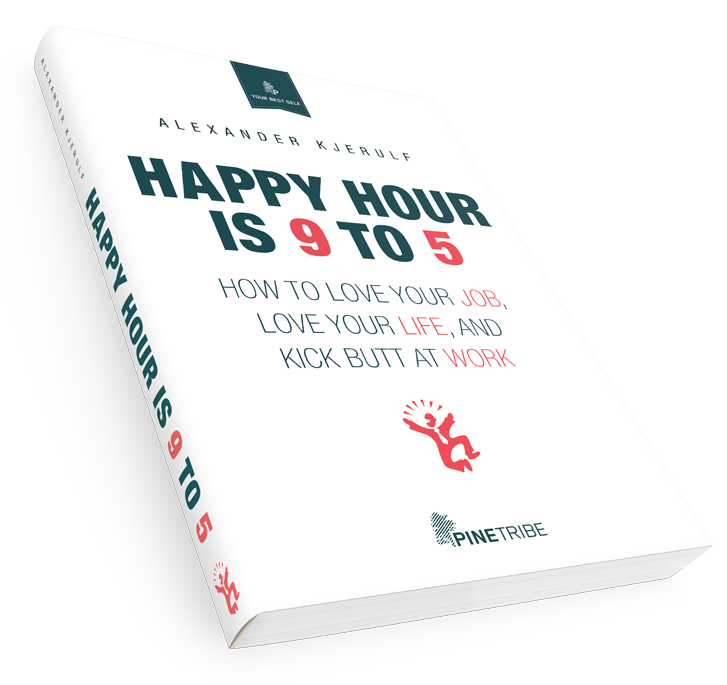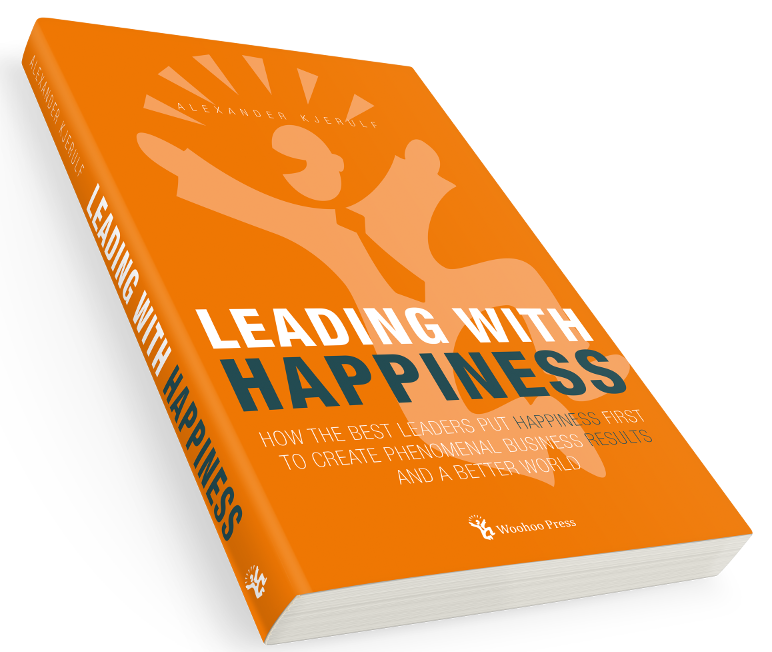
Top Dog Live 2008
I spent Tuesday in London at Top Dog Live, an innovation conference arranged by WhatIf Innovation, the world’s largest independent innovation agency.
I’ve been a long-time fan of WhatIf, both for the cool way they do business and for the amazingly nice people who work there, and this event did not disappoint. It was interesting, different, fun, inspiring and worth every penny of the (fairly high) ticket price.
The theme of the event was innovation in tough times. With a recession looming, many businesses are cutting back on innovation and that’s precisely the wrong thing to do. Remember: A crisis is a terrible thing to waste.
The speakers were many and varied – my favorites included Rachel Mooney, head of HR at Google, Lars Gejrot, head of HR at IKEA, Mike Addison og Procter & Gamble and Wim Roelandts, chairman of the board of Xilinx.
And here’s my main take-away from the day: Though the conference was about innovation, 80% of the talk was about people – and more specifically about making employees happy at work. That’s what they do at Google and IKEA and that’s why they’re innovative.
Furthermore, there was very little talk about compensation schemes, bonuses and stock options and much more focus on praise, recognition, good leadership, openness, trust, freedom and fun in the workplace.
I’ve written about this before. According to research by Teresa Amabile of Harvard Business School, happy people are more creative:
If people are in a good mood on a given day, they’re more likely to have creative ideas that day, as well as the next day, even if we take into account their mood that next day.
There seems to be a cognitive process that gets set up when people are feeling good that leads to more flexible, fluent, and original thinking, and there’s actually a carryover, an incubation effect, to the next day.
So most of the speakers who could’ve been talking about innovation processes or creativity or brainstorming techniques or reward structures for new ideas were basically focuses on making people happy at work, knowing that that will make them more creative.
I like it :o)
Related posts






 I got this in an email today:
I got this in an email today: This is the right attitude to have towards your job:
This is the right attitude to have towards your job:





